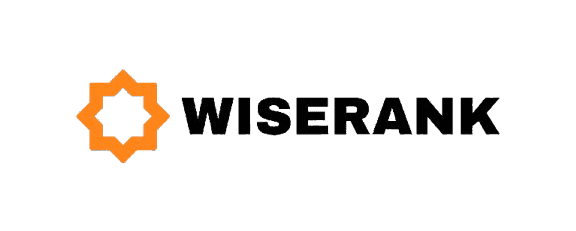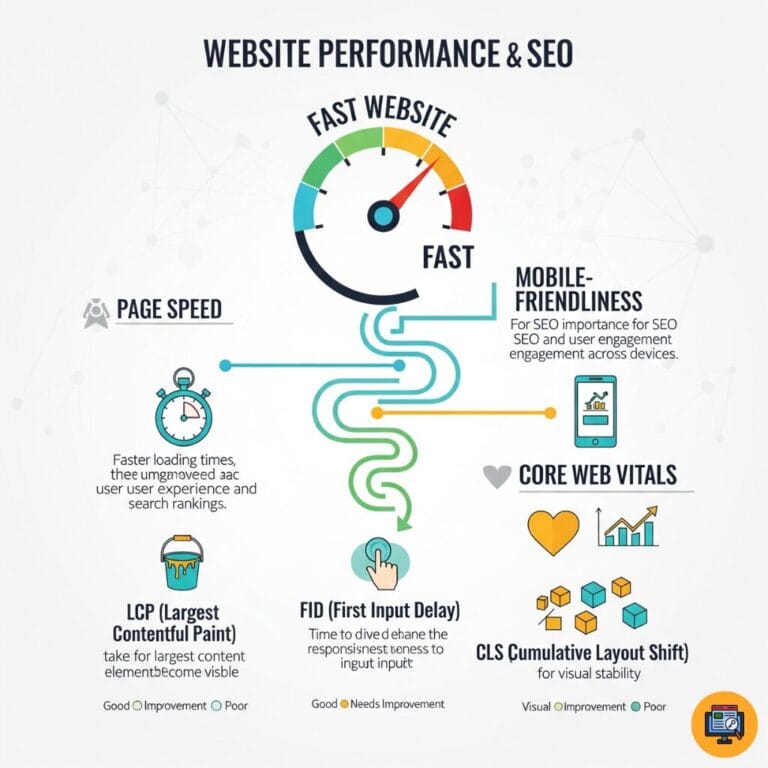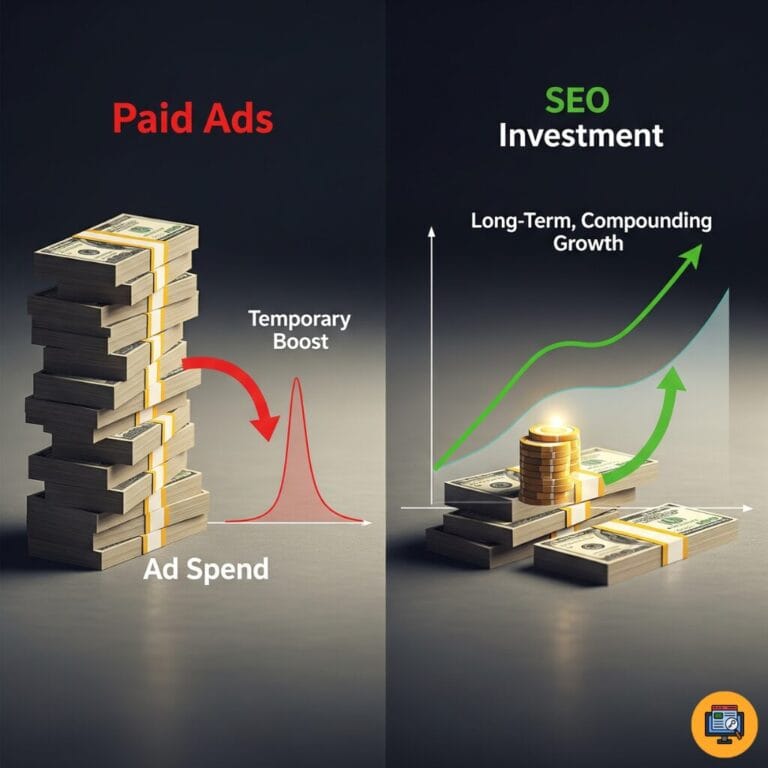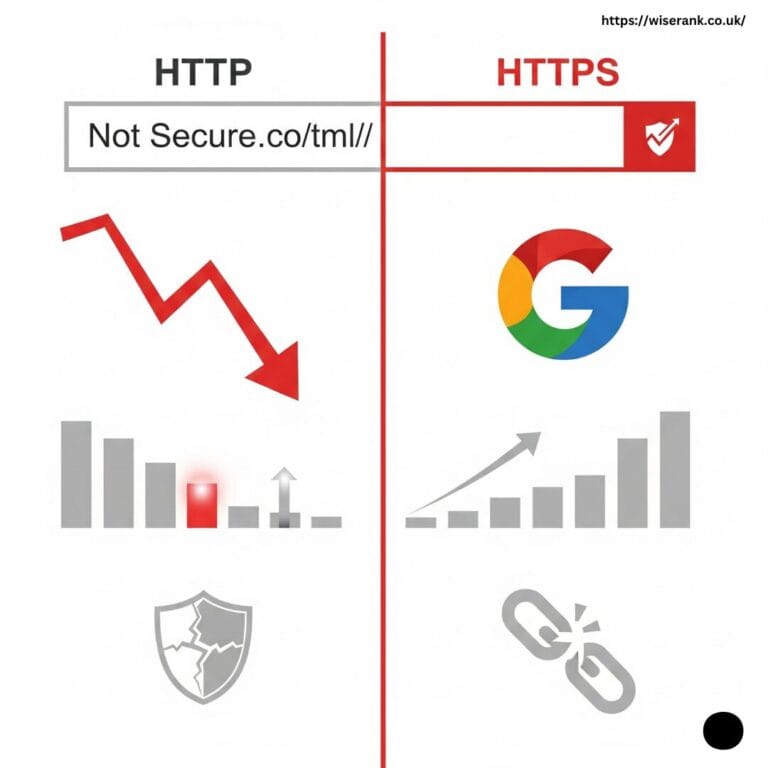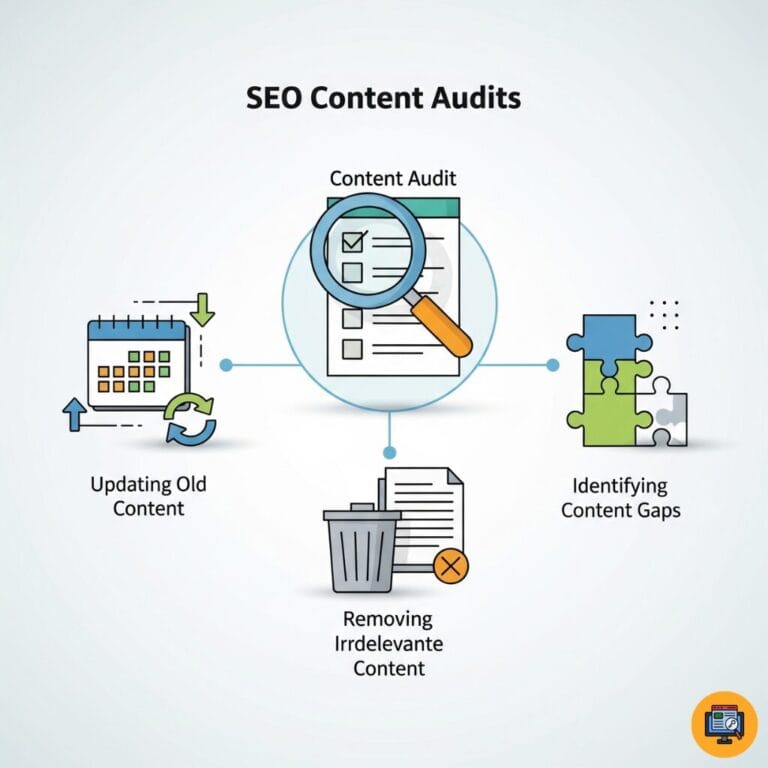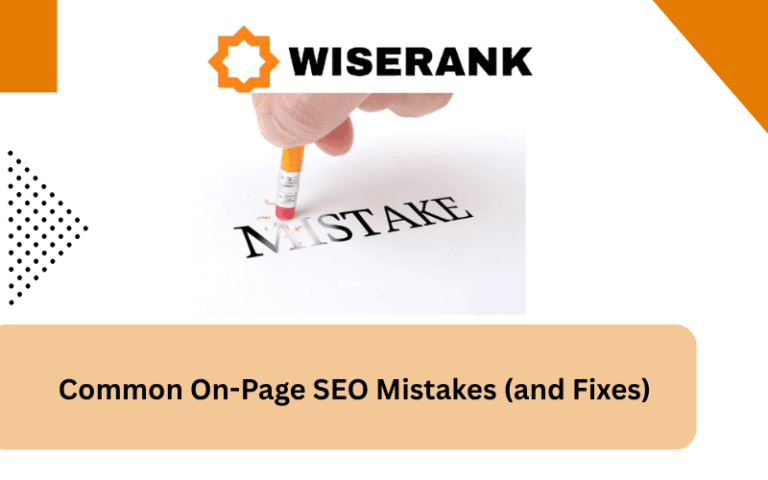What Are Link Exchanges and Why They’re Controversial?
Link exchanges, also called reciprocal linking, occur when two websites agree to link to each other. Site A links to Site B, and Site B links back to Site A in return.
This practice has been controversial since Google’s early days because it can manipulate search rankings rather than reflect genuine editorial endorsement. Understanding when reciprocal links help versus harm determines whether this tactic belongs in your SEO strategy.
Google’s Official Stance on Link Exchanges
Google’s Webmaster Guidelines explicitly warn against excessive link exchanges created primarily for SEO purposes. The search engine considers manipulative reciprocal linking a link scheme violation.

However, Google acknowledges that some reciprocal links occur naturally and don’t violate guidelines when they provide genuine value to users.
What Google Actually Says?
Google warns against “excessive link exchanges” or “partner pages exclusively for cross-linking,” defines link schemes as links intended to manipulate PageRank, states that editorial links based on merit are acceptable, and emphasizes user value over SEO manipulation.
How Google Detects Link Schemes
Google’s algorithms identify reciprocal link patterns through link graph analysis, detect unnatural anchor text distributions, recognize link exchange networks and clusters, and flag sites participating in obvious link schemes.
Penalty Risks
Manual actions result from confirmed link scheme violations, algorithmic devaluation happens automatically without notification, partial penalties affect specific pages or sections, and recovery requires removing manipulative links and requesting reconsideration.
When Reciprocal Links Make Legitimate Sense?
Not all reciprocal linking violates guidelines. Certain situations naturally involve mutual linking that provides user value.
Natural Business Partnerships
Complementary businesses linking to each other’s services, vendors and clients referencing each other, local business associations linking to members, and industry collaborations involving mutual promotion all create legitimate reciprocal links.
Resource and Reference Links
Citing sources that also reference your work, linking to tools you use that feature you, educational partnerships and collaborations, and mutually beneficial content partnerships all involve natural reciprocal relationships.
Association and Membership Links
Professional organizations linking to members, industry certification bodies and certified companies, educational institutions and alumni or partners, and government or nonprofit partnerships all justify reciprocal linking.
The Difference Between Safe and Risky Link Exchanges
Understanding what separates legitimate reciprocal links from manipulative schemes helps you avoid penalties.
Safe Reciprocal Linking Characteristics
Links provide genuine value to users beyond SEO:
- Sites serve complementary audiences naturally
- Content relevance connects both sites logically
- Links appear editorially within valuable content
- Anchor text uses natural varied language
- Partnership benefits users not just rankings
- Limited number of reciprocal links per site
- No quid pro quo agreement solely for SEO
Risky Link Exchange Red Flags
Exchanging links solely to manipulate rankings, creating partner pages only for cross-linking, using exact-match keyword anchor text repeatedly, participating in large-scale exchange networks, footer or sidebar links with no editorial value, and linking to completely unrelated sites all signal manipulation.
The Intent Question
The key difference lies in intent and user value. If you would link even without the reciprocal link because it helps users, the exchange is probably fine. If the only reason you’re linking is to get a link back, you’re entering risky territory.
How Many Reciprocal Links Are Too Many?
No specific number triggers penalties, but proportion and pattern matter significantly.
Healthy Link Profile Balance
Reciprocal links should represent small percentage of total backlinks, one-way editorial links should dominate your profile, diverse link types create natural patterns, and gradual organic growth appears legitimate.
Warning Thresholds
Having more reciprocal than one-way links raises flags, sudden spikes in mutual linking appear manipulative, concentrated exchanges with few partners look suspicious, and site-wide reciprocal linking seems unnatural.
Monitoring Your Ratio
Use Ahrefs or SEMrush to analyze reciprocal link percentage, track new reciprocal links over time, compare your profile to competitors, and audit for unnatural patterns regularly.
Vetting Potential Link Exchange Partners
If you consider reciprocal linking, thoroughly evaluate potential partners to minimize risks.
Essential Partner Checks
Verify domain authority and trust metrics using Moz or Ahrefs, ensure topical relevance to your industry, confirm the site has real traffic and users, check for previous Google penalties, and review their existing link profile quality.
Content Quality Assessment
Evaluate whether their content provides genuine value, check for thin or spammy content, verify regular updates and maintenance, assess user engagement signals, and ensure content aligns with your brand.
Technical Health Indicators
Confirm the site uses HTTPS security, check page speed and mobile responsiveness, verify the site is properly indexed, ensure no malware or security issues, and assess overall technical SEO health.
Red Flags to Reject
Sites with obvious spam content, domains with very low authority, penalized sites or those in link networks, completely irrelevant industries or topics, and sites existing solely for link building all warrant rejection.
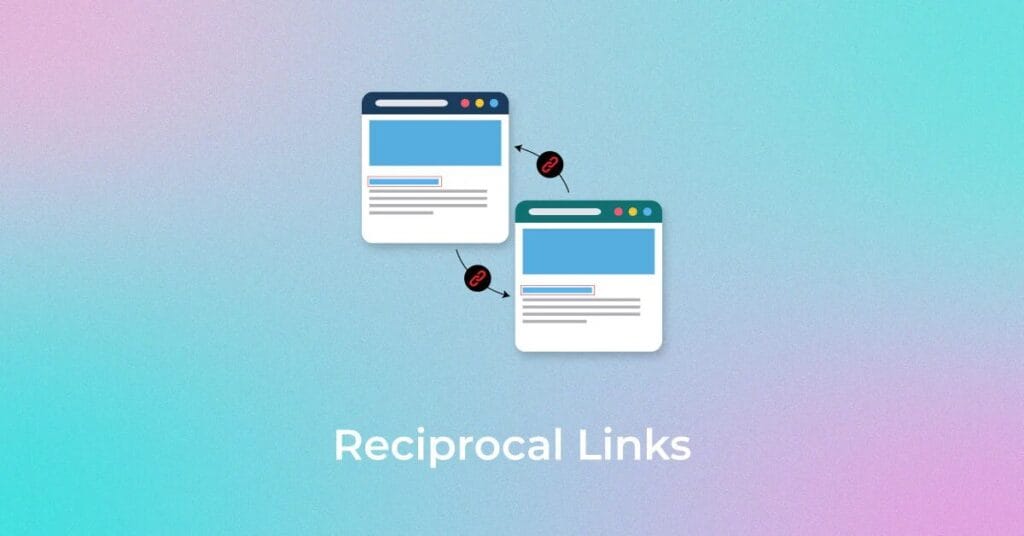
Best Practices for Safe Reciprocal Linking
If reciprocal links make sense for your situation, follow these guidelines to minimize risks.
Strategic Implementation
Limit reciprocal links to genuinely relevant partners, place links within valuable content not footers, use natural varied anchor text, maintain lower reciprocal link percentage, space exchanges over time naturally, and document legitimate partnership reasons.
Link Placement Guidelines
Links in main content carry more value and appear more natural, contextual placement within relevant paragraphs works best, avoiding footer or sidebar exchanges reduces manipulation appearance, and limiting reciprocal links per page maintains quality.
Anchor Text Strategy
Use branded anchor text primarily, incorporate natural phrase variations, avoid exact-match keywords repeatedly, include generic anchors like company names, and create diverse anchor text distribution.
Ongoing Monitoring
Track all reciprocal link placements systematically, monitor partner site health regularly, watch for partner penalties or issues, verify links remain active and appropriate, and remove links that become problematic.
Monitoring Your Link Exchange Relationships Over Time
Link exchange relationships require ongoing monitoring because partner sites can change, get penalized, or develop issues that reflect poorly on your backlink profile.
Regular audits help you catch problems early and maintain a healthy clean link profile.
Ongoing Monitoring Best Practices
Protect your link profile through systematic monitoring:
- Check partner site health quarterly for penalties or issues
- Track partner domain authority changes using Moz or Ahrefs
- Verify all exchanged links remain active and appropriate
- Monitor partner content quality and spam signals
- Remove links to partners who get penalized
- Audit reciprocal link ratio in your overall profile
- Set up alerts for significant partner site changes
Alternatives to Traditional Link Exchanges
Several strategies provide better results with lower risk than reciprocal linking.
Guest Posting
Contributing quality content to relevant sites earns natural backlinks, provides more control over anchor text and placement, builds genuine relationships with publishers, and avoids reciprocal link scheme appearance.
Digital PR
Earning media coverage generates high-authority links, creates one-way editorial backlinks naturally, builds brand awareness beyond just SEO, and produces sustainable long-term results.
Broken Link Building
Helping webmasters fix broken links earns goodwill, provides genuine value to site owners, generates natural one-way backlinks, and creates win-win situations.
Content Marketing
Creating link-worthy content attracts natural backlinks, building resources others want to reference, developing original research people cite, and sharing expertise generously all work better long-term.
Recovering from Link Exchange Penalties
If you’ve participated in manipulative link exchanges and face penalties, systematic recovery is possible.

Identifying Problem Links
Audit your backlink profile thoroughly using Ahrefs or SEMrush, identify all reciprocal link relationships, flag exchanges that appear manipulative, and prioritize removing riskiest links first.
Removal Process
Contact webmasters requesting link removal, document all outreach attempts, create disavow file for unreachable links, submit disavow through Google Search Console, and request reconsideration after cleanup.
Prevention Going Forward
Implement strict link building guidelines, focus on earning one-way editorial links, avoid link exchange networks completely, and maintain diverse natural link profile.
Your Smart Link Building Strategy
Build sustainable SEO authority through ethical practices that prioritize user value and genuine relationships over manipulative tactics.
Focus primarily on earning one-way editorial links through exceptional content creation, strategic guest posting on quality sites, digital PR generating media coverage, and becoming a reference resource others naturally cite.
Monitor and maintain link health by regularly auditing your backlink profile, tracking reciprocal link percentages, removing problematic exchanges promptly, and ensuring natural diverse link patterns that won’t trigger algorithmic or manual penalties.
